
This year, Mrs. Ly Thi Ngoc, Thai Nien village, has turned 95. Born and raised on this land, her whole life has been associated with the ancient village of Kinh and Giay people right on the banks of the Red River. Today, under the ancient banyan tree that is over 200 years old, Mrs. Ngoc told her children, grandchildren and villagers the story of the history and sacredness of the Mother Goddess temple, which is also a place for cultural and religious activities of the people in the area for many generations.
The Mau Temple is located on the bank of the Red River in Thai Nien village, where the people in the area worship the First Mother of Heaven, incarnated as Mother Lieu Hanh. The First Mother of Heaven is popularly known as Duc Quoc Mau or Quoc Mau Vua Ba, and is considered the main deity in the temples of the Three Palaces and Four Palaces of the Vietnamese people. Thai Nien Mau Temple has a long history closely linked to the formation of the community and the culture and beliefs of Mother worship of the people here.
Ms. Ly Thi Ngoc said: I don't know exactly when the Mau Temple was built, but when I was a child, I saw my grandparents, parents and villagers come to the Mau Temple to burn incense every 1st, 15th, New Year's Day, and the temple festival in the 3rd lunar month. This land is located along the Red River, and was very wild in the past. I don't know the truth, but I heard the elders say that long ago, there was a pair of white snakes, also known as white dragons, who lived here, and there was also a "lame" tiger with one leg that often appeared, and the locals called it "lame" or "3-legged". The Mau Temple worships the sacred Queen Mother of the Nation. Anyone who violates it will encounter misfortune and must go to the temple to make an apology to the gods.

For Mr. Ly Quyet Thang, the grandson of Mr. Ngoc, who is 75 years old this year, the ancient banyan tree next to Mau Thai Nien Temple is associated with many childhood memories as well as years of his life. Next to this banyan tree, when he was young, Mr. Thang and his friends gathered to play, play shuttlecock, climb trees to catch starling nests, pick ripe red banyan fruits... Those memories he can never forget.
Mr. Ly Quyet Thang recounted: Around the Mau Thai Nien Temple, there used to be 3 ancient banyan trees, 2 of which grew close to the bank of the Red River. During the rainy and flood seasons, the land along the river eroded, and 2 large banyan trees fell into the river. Currently, next to the Mau Temple, there is still an ancient banyan tree that is over 200 years old. The banyan tree is the remaining evidence associated with the history of the sacred Mau Temple.
According to local people, Thai Nien Mau Temple was built a long time ago, before 1886 when the French colonialists invaded and occupied this land, then built Thai Nien station on the Dien Viet railway (Kunming - Lao Cai - Hanoi - Hai Phong). Over the course of history, when the French colonialists used this place as a place to gather ores, the Mau Temple was moved to another location about 600 meters away from the old location. Later, the Mau Temple was burned down, and the documents, ancient statues, and bells were also lost. In 1980, the people of Thai Nien village rebuilt the Mau Temple in the old location as a place for spiritual and cultural activities of the community.

Also in the story about the ancient Mau temple on the banks of the Red River in Thai Nien commune, we heard that, in the past, during the resistance war against the French colonialists, the Mau temple was also a place to shelter many soldiers from the pursuit of the French invaders. Then, on the Red River waterway, businessmen and traders often went to Thai Nien Mau temple to burn incense and pray for the gods to bless their work with smooth sailing. Infertile people also came here to burn incense and pray for children to be born as they wished.
On the first and fifteenth day of every month, and on the Lunar New Year, Thai Nien people come to burn incense and pray for good things. In particular, the main festival of the temple is in the third lunar month. Previously, there was a procession of the Mother Goddess by boat across the Red River from Thai Nien Mother Goddess Temple to Ngoi Bo Temple, Gia Phu Commune. In addition to the main festival, other festivals are held during the year such as: Thuong Nguyen Festival, Summer Festival, Quan De Ngu Festival in May, Duc Thanh Tran Festival in August, Quan Hoang Bo, Hoang Bay, Hoang Muoi Festival, New Year's Eve Festival...
Thai Nien Mother Temple is located on the bank of the Red River, with a total area of over 560 m2, including items such as the entrance, the banyan tree in front of the temple, the place for burning votive papers, the temple yard, the main temple, the kitchen, and the warehouse. In which, the main temple is an old level 4 house with an area of 70 m2, built of bricks.
Thai Nien Mau Temple has many cultural and historical values associated with Thai Nien, Bao Thang and the resistance war against French colonialism. Today, Thai Nien Mau Temple also has important value in developing spiritual tourism , because the temple is located on the spiritual tourism chain along the Red River in the province such as: Trinh Tuong Mau Temple (Bat Xat), Mau Temple, Thuong Temple (Lao Cai city), Bao Ha Temple (Bao Yen).
Ms. Pham Thi Nu, Vice Chairman of Thai Nien Commune People's Committee, said: Recognizing that Mau Temple has many important values for the local community, in recent years, the Thai Nien Commune Government, Bao Thang District has requested all levels and sectors to pay attention to researching and recognizing it as a historical and cultural relic. On June 2, 2025, the Department of Culture, Sports and Tourism organized a scientific workshop to establish a dossier on Thai Nien Mau Temple. On June 6, 2025, the Provincial People's Committee issued a decision to recognize Thai Nien Mau Temple as a provincial historical and cultural relic. Thereby, it is convenient for the management, restoration and embellishment of the temple to be more spacious, meeting the cultural and spiritual needs of the people and becoming an attractive spiritual tourist destination for visitors from all over the world.
Source: https://baolaocai.vn/ngoi-den-ben-bo-song-hong-post403230.html


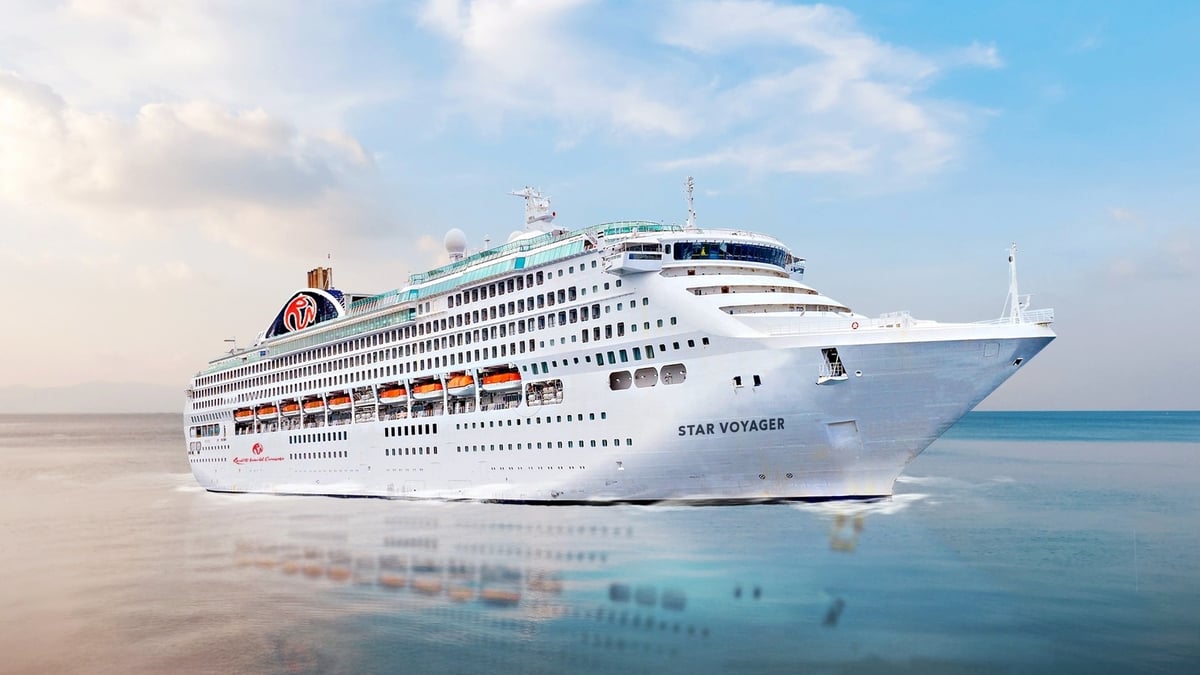


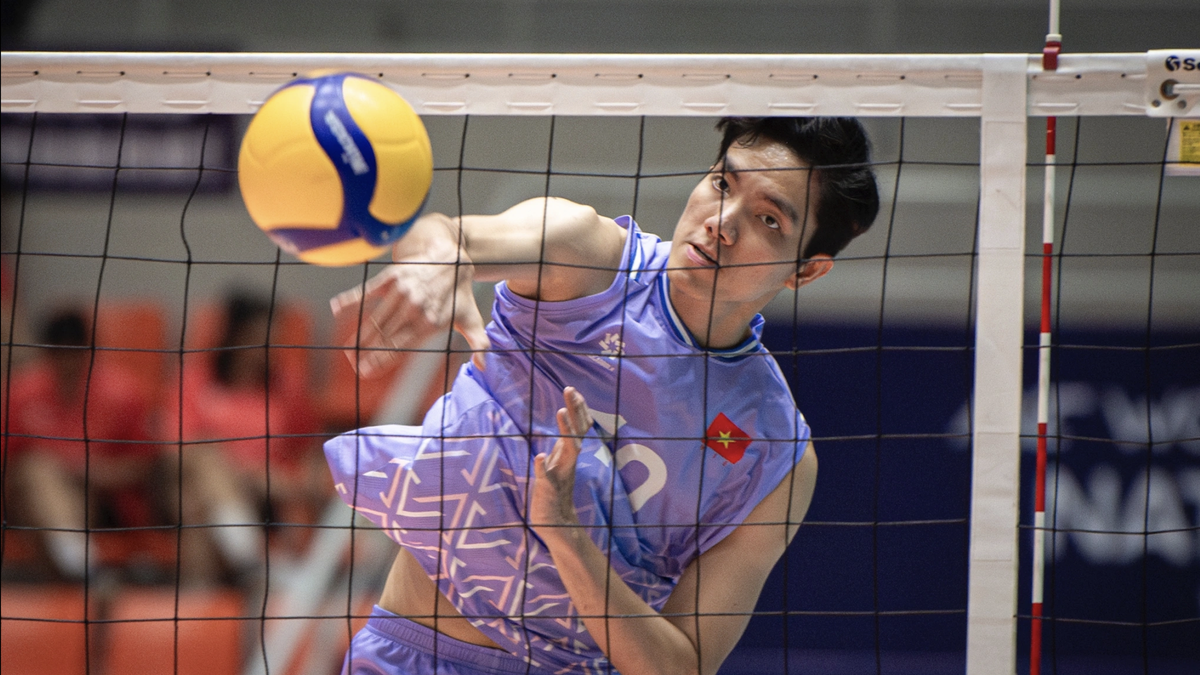


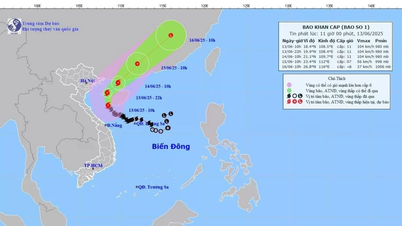




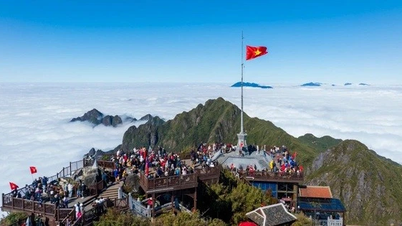








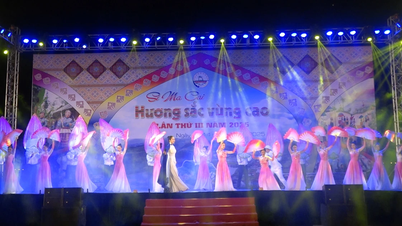

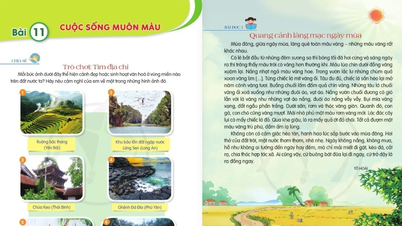
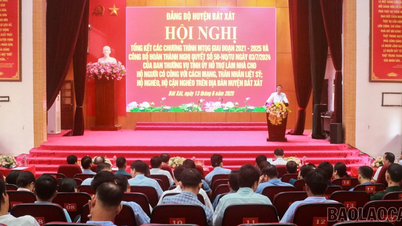


![[Photo] Prime Minister Pham Minh Chinh receives leaders of several Swedish corporations](https://vphoto.vietnam.vn/thumb/1200x675/vietnam/resource/IMAGE/2025/6/14/4437981cf1264434a949b4772f9432b6)
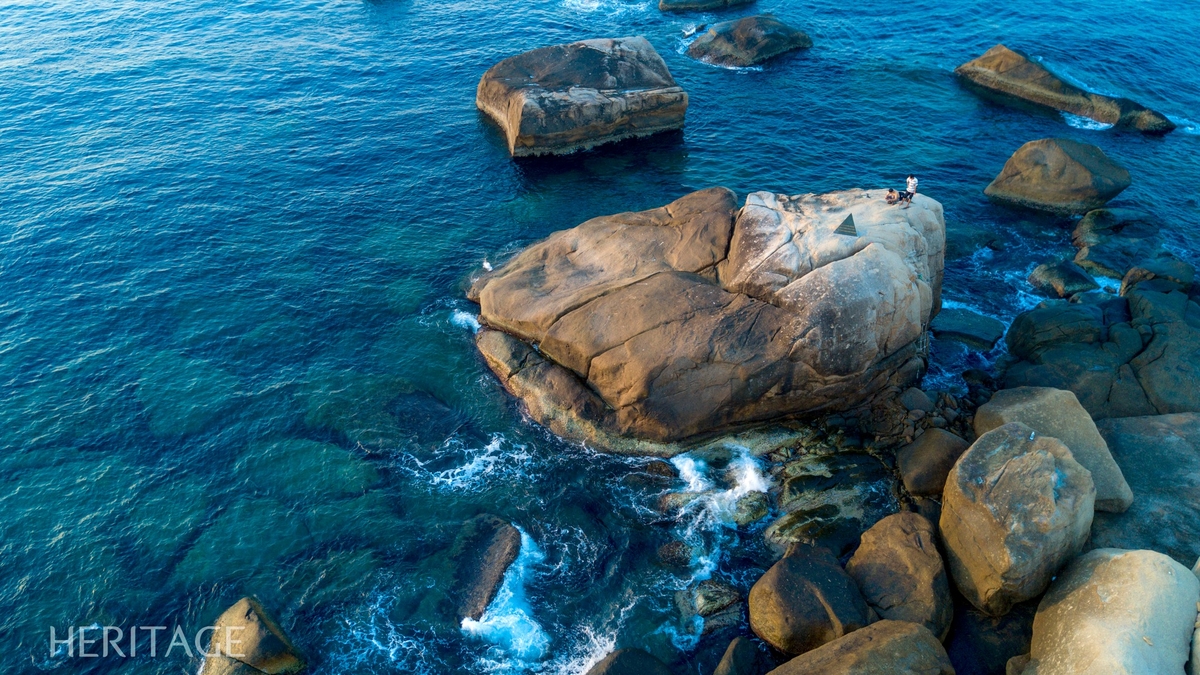
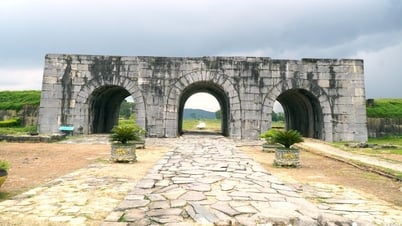

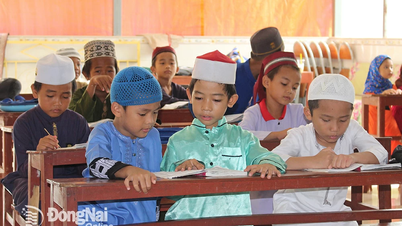
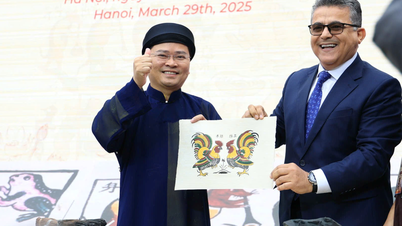

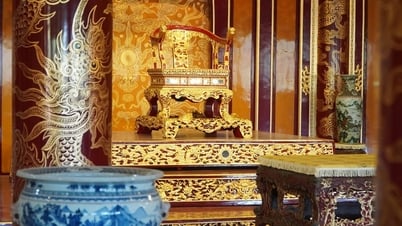
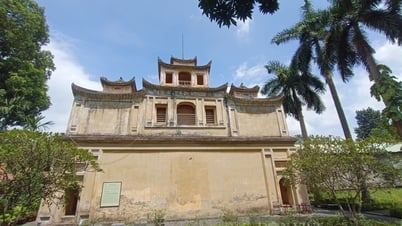

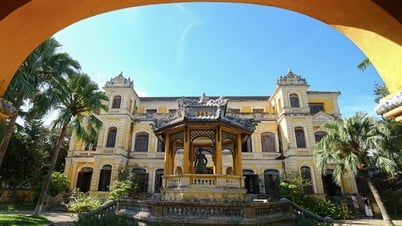






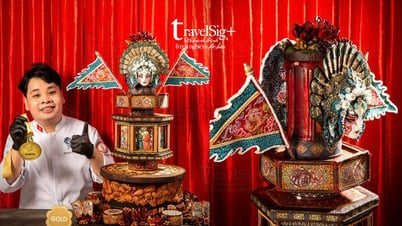
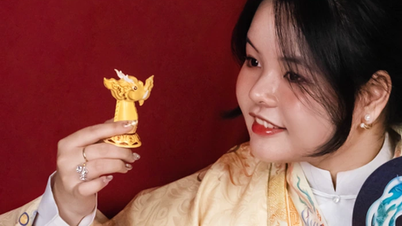


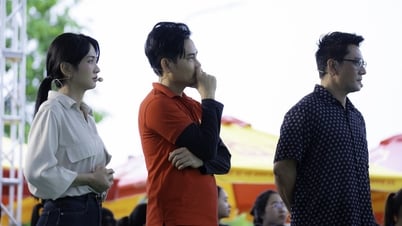









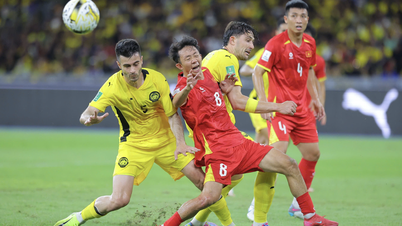
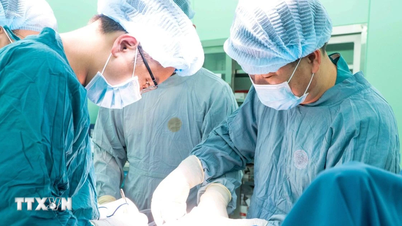









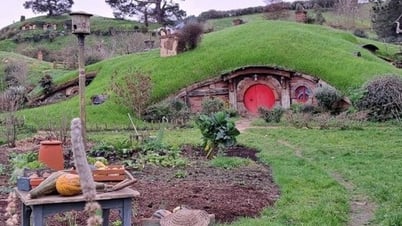


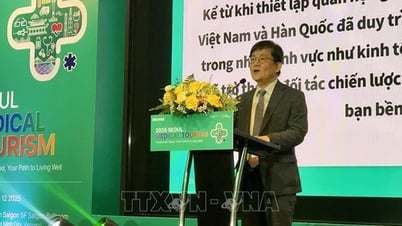




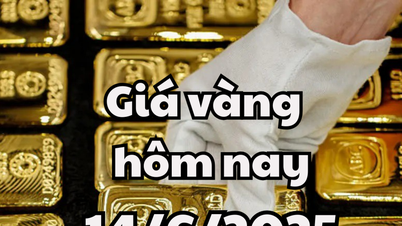












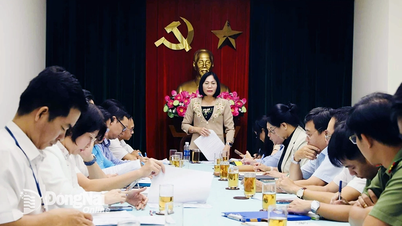



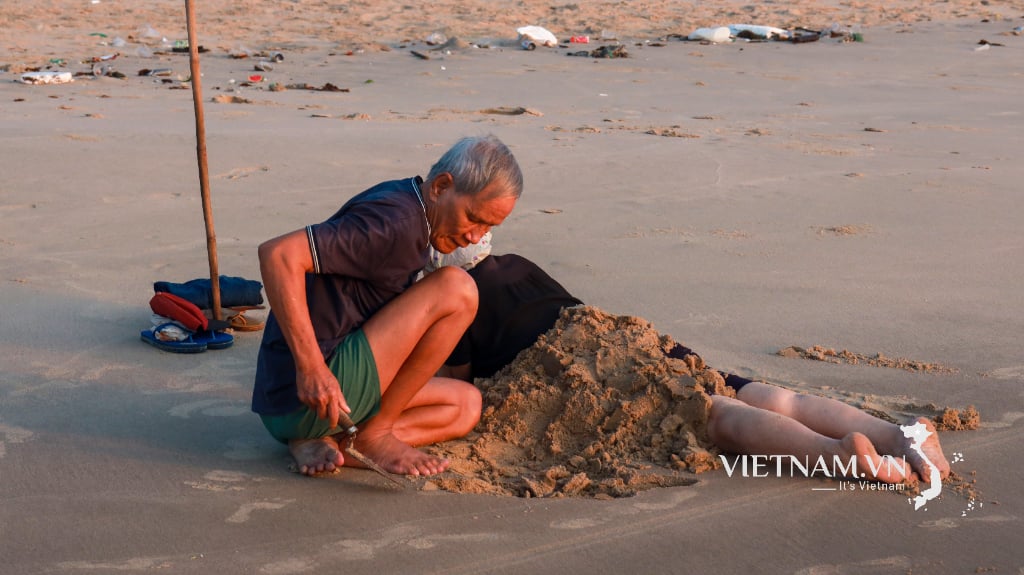
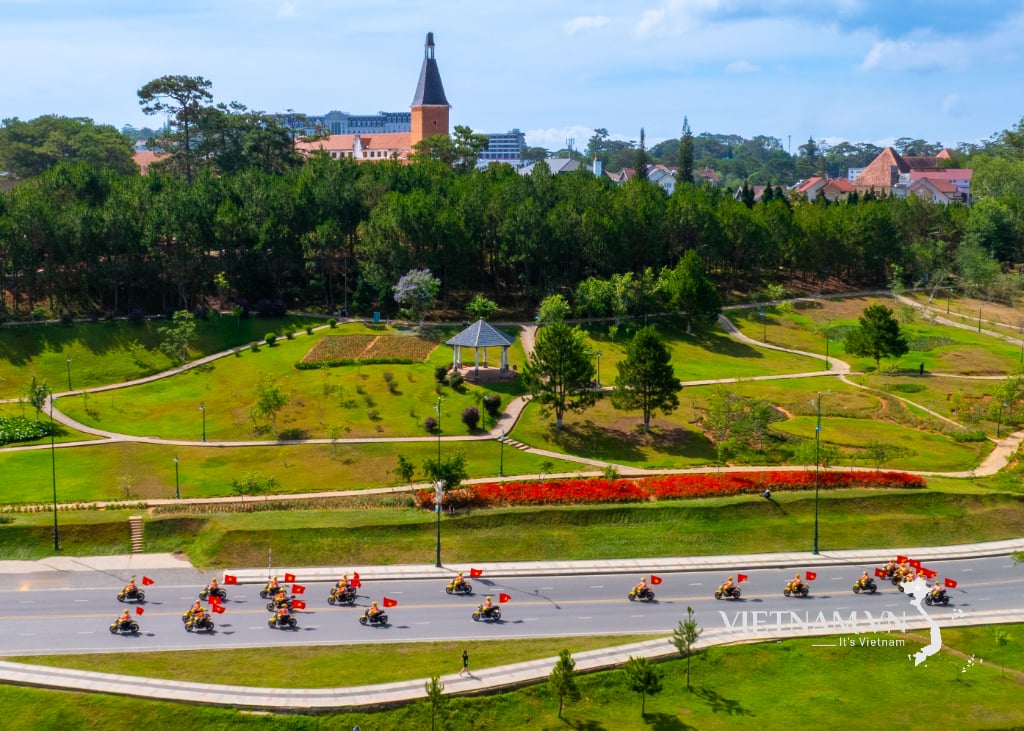
Comment (0)